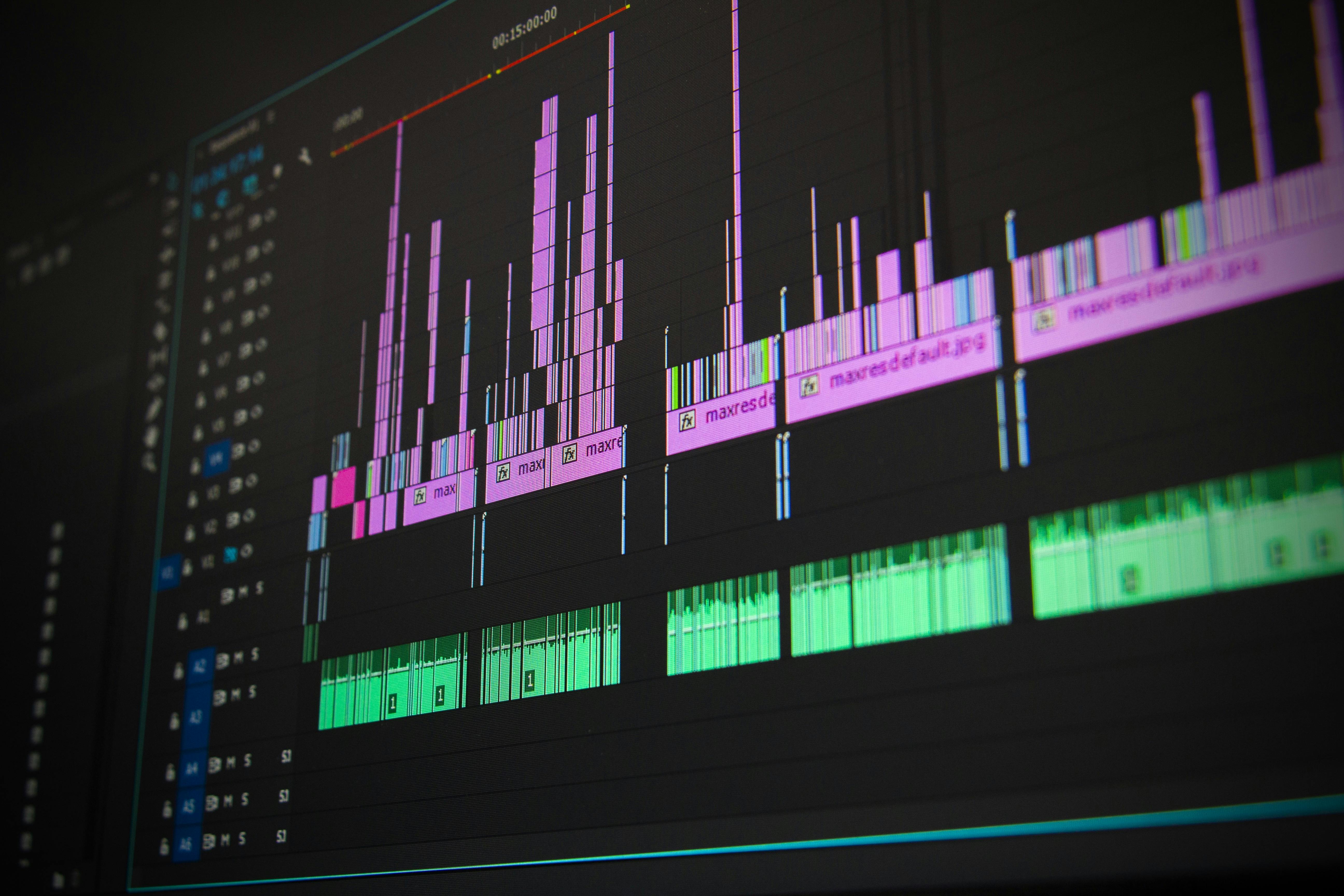Break Into Hollywood: Your 3D Animation Degree Pathway
The path to becoming a professional 3D animator in Hollywood begins with a strong educational foundation. A 3D animation degree combines technical expertise with creative storytelling, preparing students for careers in film, television, gaming, and beyond. This comprehensive guide explores the essential components of a 3D animation degree and how it can launch your career in the entertainment industry.

What Core Skills Will You Learn in a 3D Animation Degree?
A comprehensive 3D animation program covers fundamental skills including character modeling, rigging, texturing, and animation principles. Students learn industry-standard software like Maya, ZBrush, and Houdini while developing a strong foundation in traditional art techniques. The curriculum typically spans both technical and artistic aspects, ensuring graduates can bring characters and worlds to life effectively.
How Does Procedural Modeling and Generation Shape Modern Animation?
Procedural modeling and generation has revolutionized the animation industry by enabling artists to create complex environments and assets efficiently. Students learn to develop automated systems that generate detailed landscapes, cities, and crowds. This technology is crucial for large-scale productions where manual modeling would be impractical, making it an essential skill for aspiring Hollywood animators.
Why Are Advanced Lighting and Shading Techniques Critical?
Mastering advanced lighting and shading techniques is fundamental to creating photorealistic animations. Students learn to manipulate virtual light sources, understand color theory, and implement physically based rendering (PBR) materials. These skills are essential for matching CGI elements with live-action footage, a common requirement in modern film production.
How Do Cloth and Hair Simulation Skills Impact Career Opportunities?
Expertise in cloth and hair simulation has become increasingly valuable as audiences expect more realistic digital characters. Programs teach students to use dynamic simulation tools to create believable movement in clothing, hair, and other flexible objects. This specialized knowledge is particularly sought after in major studios working on blockbuster films and high-end commercials.
What Specializations Should You Consider?
Leading animation programs offer various specialization tracks aligned with industry demands. Popular focuses include:
-
Character Animation
-
Visual Effects (VFX)
-
Technical Direction
-
Look Development
-
Motion Capture Integration
-
Real-time Animation for Games
What Are the Costs and Program Options?
| Institution Type | Average Annual Tuition | Program Duration |
|---|---|---|
| Public University | $15,000 - $25,000 | 4 years |
| Private Art School | $35,000 - $50,000 | 4 years |
| Online Programs | $10,000 - $30,000 | 2-4 years |
Prices, rates, or cost estimates mentioned in this article are based on the latest available information but may change over time. Independent research is advised before making financial decisions.
A 3D animation degree represents a significant investment in your future career. While tuition costs vary widely, many institutions offer specialized equipment, industry-standard software licenses, and networking opportunities with professionals. Financial aid, scholarships, and work-study programs are often available to help offset expenses.
Choosing the right 3D animation program requires careful consideration of curriculum depth, industry connections, and career support services. The skills and portfolio developed during your degree program will serve as the foundation for breaking into Hollywood’s competitive animation industry. Success in this field demands not only technical proficiency but also creativity, dedication, and a willingness to continuously learn and adapt to new technologies.




